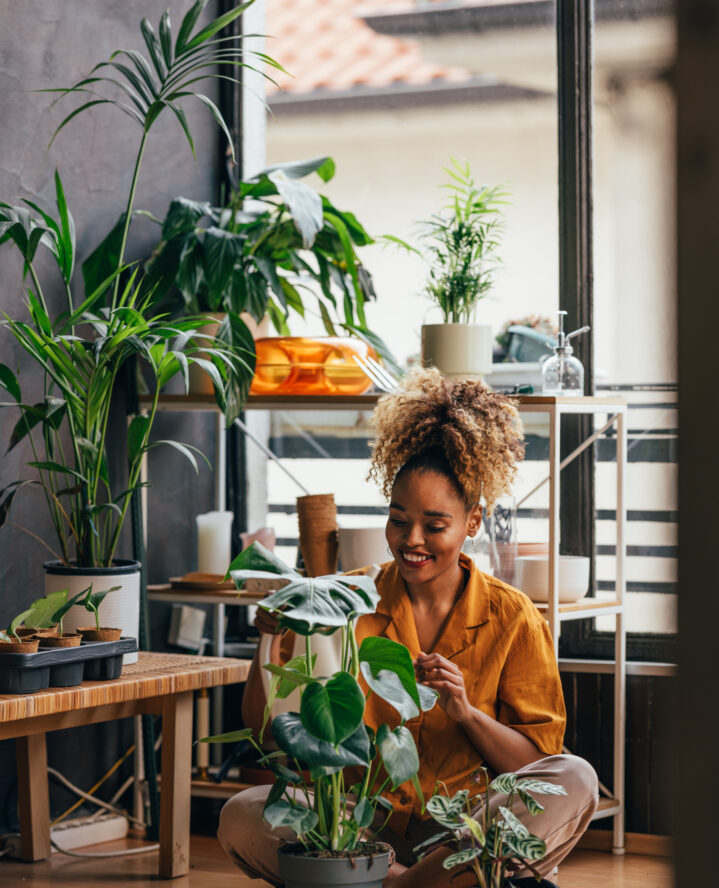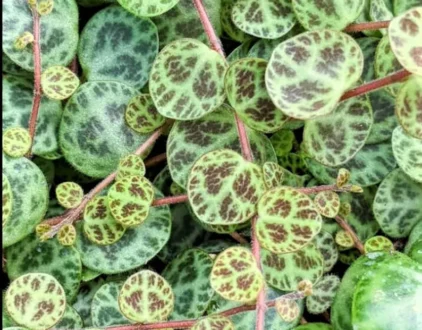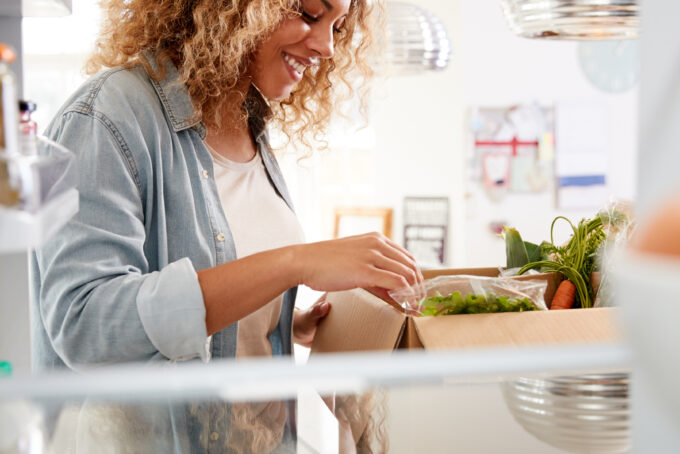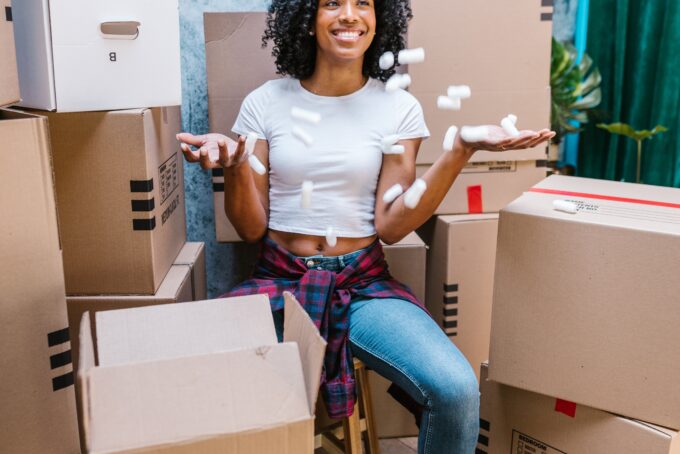Composting is a great way to turn organic food scraps that you would otherwise throw away into healthy soil that helps the environment. The best part about composting is that anyone can do it, whether you have a green thumb or are just starting your gardening journey. Plus, all you need are a handful of products to get started.
What Is Composting?
Composting involves recycling waste through a more natural process. For example, you can use leftover carrot or potato peels or trimmings from your manicured landscape to create a rich compost soil that contains ample nutrients for growing happy, healthy plants.
When you invest in composting, you can help prevent excess waste from filling nearby landfills. This is not only beneficial for the environment, but it also provides a number of perks for your garden as well.
For example, reducing waste is a huge benefit of composting. It provides a much better alternative to sending biodegradable materials to landfills as they can produce greenhouse gases that are hazardous to our health and the environment. When you compost, biodegradable materials start to break down, leaving behind plenty of nutrients for plants to enjoy.
This natural process can also improve the health and structure of your soil. When you add compost to your soil, you provide it with many important nutrients, better water retention, and boosted microbial activity. Because of this, your plants are likely to become healthier, more resilient, and more productive.
Composting at Home for Beginners
Composting is an important process that homeowners can practice to create a healthier environment and garden. Not only does it provide ample benefits, but it also is a rewarding experience as well. Here are five ways to start composting today:
Pick a Spot
To start, place a composting bin in a designated area in your backyard, garden, or balcony. Make sure the bin you use has optimal drainage to avoid waterlogging the compost material.
Add Your Scraps
Next, gather your unwanted green materials — i.e. food scraps such as fruit and veggie peels, eggshells, or coffee grounds. You should also collect brown materials —i.e. yard trimmings such as dried leaves, newspaper, or twigs. Do not add meat, dairy, or pet waste to your compost bin.
Layer Your Materials
Layer your green and brown materials inside your bin using a ratio of two parts brown to one part green. This helps create the perfect balance to promote the right conditions for decomposition.
Maintain It
Always ensure that your compost pile remains moist. Try not to overdo it, however, as waterlogging your compost can do more harm than good. Make sure to turn it every one or two weeks to aerate and speed up the process.
Harvest Time
If you start to notice your compost has turned dark and crumbly or it has an earthy scent, it’s probably ready for harvest. You can do this by removing larger, uncomposted materials and using the new, rich compost to enhance your existing garden or applying a layer of soil on top of existing beds.
popular posts
Spaces
Whether it’s luxury or ease, every area of your home should be as fabulous and unique as you.
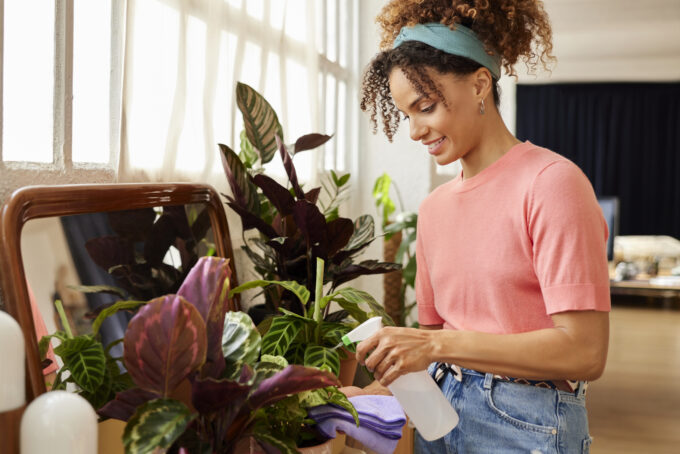
New To Composting? Here's the Ultimate Guide To Getting Started
by Melody Beuzelin | November 1, 2023
8 Things You Think You Can Recycle but Actually Can't — And Shouldn't
by Melody Beuzelin | October 20, 2023
FOLLOW ALONG ON INSTAGRAM
#homeandtexture
Find us on social for more home inspiration where culture, personal style, and sophisticated shopping intersect to help you create a home where you love to live.
